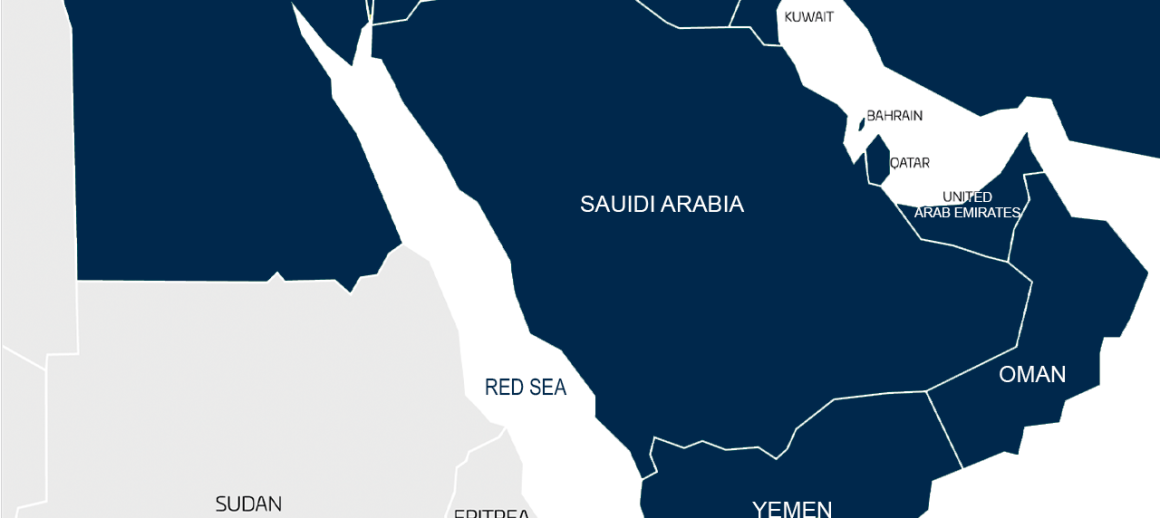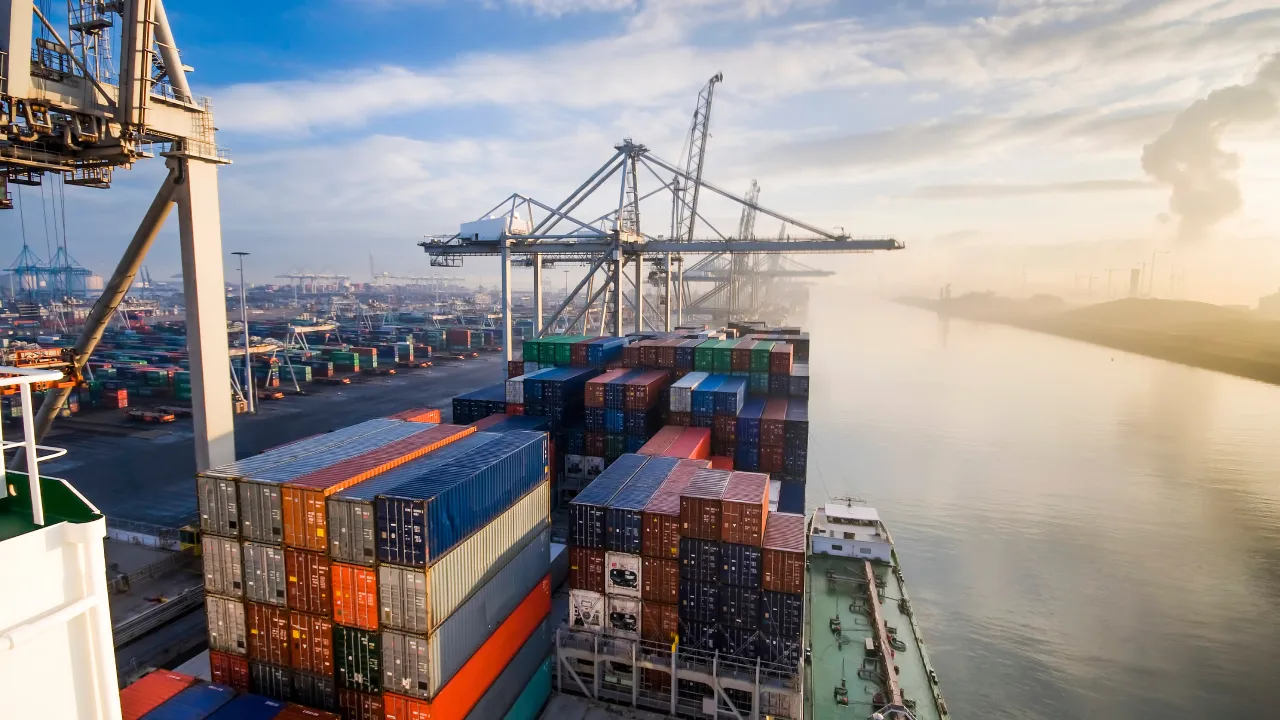
The Red Sea, a vital artery for global trade, has witnessed a significant escalation in shipping costs since late November 2023. This surge, attributed to attacks on commercial vessels by Yemeni Houthi rebels, poses a significant threat to global supply chains and potentially contributes to inflationary pressures.
Today we asked our expert Maryanna Serafinas how the situation in the Red Sea has affected global shipment.

Atlantic Project Cargo Team: Hello, Maryanna. What is happening to the shipping prices now?
Maryanna Serafinas: Hello. The price of transporting a standard 40-foot container from Asia to North Europe has skyrocketed by 700% since the attacks began. The price for shipping a 40-foot container from Asia to the Mediterranean increased 8 times and continues to grow every day.
Moreover, ripples of the Red Sea crisis are surging shipping costs across Asia-U.S. routes, with East Coast rates skyrocketing 137% and West Coast rates up 131% since October per 40-foot container.
Atlantic Project Cargo Team: What about shipping routes, have they changed?
Maryanna Serafinas: This disruption has forced major shipping companies, including Europe-based MSC, Maersk, CMA CGM, and Hapag-Lloyd, and Asia-based Cosco Shipping, HMM, and Evergreen Line, to suspend Red Sea routes and avoid the Gulf of Aden and reroute their vessels around the Cape of Good Hope at the southern tip of Africa.
The current disruption in the Suez Canal has significantly impacted shipping efficiency, with approximately 90% of containers on the route now facing extended voyage times. This unforeseen detouring is projected to exacerbate the global container capacity shortage by an estimated 20-25%, potentially fueling further supply chain disruptions and economic consequences.
Atlantic Project Cargo Team: So this certainly affected the shipping time, but how long now it will take to ship the container from Asia to Europe?
Maryanna Serafinas: While this alternative circumvents the immediate threat, it comes at a cost. Travel time between Europe and Asia increases by 10-20 days, incurring additional fuel costs. For example, before the crisis ships from Shanghai reached Rotterdam in 50 days, now it will take around 70 days.
Additionally, faced with extended voyage times caused by the ongoing drought-induced operational limitations at the Panama Canal, several Asian shippers bound for the U.S. East Coast have diverted their vessels. This decision, though intended to mitigate delays, has exposed these ships to the additional uncertainties and potential for further delays associated with the recent unrest in the Red Sea, compounding the logistical challenges encountered on the original route.
Also, with cargo vessels at capacity this January, securing space is proving a logistical hurdle. Many shippers are resorting to premium services, with some even willing to pay top dollar to move their goods before the Chinese New Year holiday.
Atlantic Project Cargo Team: What should shippers do now?
Maryanna Serafinas: Shippers will need to examine their shipment routing carefully and plan far in advance. Some container shipping and consolidated shipments to ports in that region still have operations, but many of our oversized and out-of-gauge cargo with less regular routing has been significantly affected.
About 12% of seaborne trade passes along this route, and the conflict and subsequent schedule changes have impacted the shipper’s bottom lines. The US and other countries are planning a protection force to patrol the region and ensure the safety of commercial traffic, which is a major choke point for global shipping and ships transiting the Suez Canal. The sudden halting of cargo from energy products to commodities to finished consumer goods is likely to affect transit times, supply, and ultimately prices in the short-term.
Adequate safety measures should be taken by all shippers. Extremely valuable, sensitive, or time/temperature-sensitive shipments passing through the region by ship should be reexamined. Oil prices, freight costs, and insurance costs in the shipping market have already seen increases as a result of these incidents.
Moreover, some of the shippers might utilize air freight more extensively than initially planned, to minimize supply chain disruptions and ensure timely delivery of critical goods.
I would personally suggest continuously monitoring the situation and making informed decisions regarding freight options and cost optimization strategies.
Atlantic Project Cargo Team: Maryanna, we are incredibly grateful for you taking the time to share your deep knowledge and insightful perspective on the complex situation in the Red Sea.
Read More



